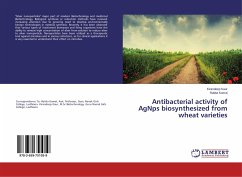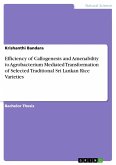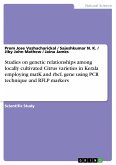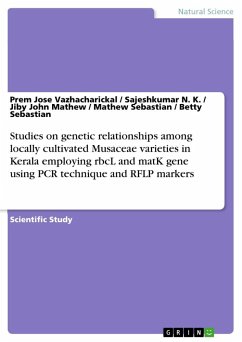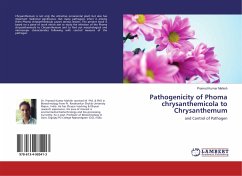The most promising way of controlling bacterial blight of rice is growing resistant varieties. Ten rice varieties including five commercial varieties, namely Manawthukha, Ayeyarmin, Kyawzeya, Theehtutyin and Sinthwelatt, and five currently released varieties, namely Shwemyanmar, Yezinlonethwe, Sinnweyin, Sinthweyin, and Sinthukha were tested for their reaction to five races of Xanthomonas oryzae pv. oryzae. Manawthukha, Ayeyarmin, and Kyawzeya were susceptible to all the isolates tested. Yezinlonethwe and Sinthwelatt were resistant to only isolate MKM 22 whereas Sinthweyin was susceptible to isolate MKM 17. Shwemyanmar and Sinthukha were resistant to 4 isolates, BB1, MKM 17, MKM 22 and MKM 53.Manawthukha, Ayeyarmin and Kyawzeya should not be grown in the areas where the bacterial blight prevails. Shwemyanmar, Sinthukha and Sinthweyin can be grown in the areas where their incompatible races prevail. Theehtutyin, Sinthwelatt, Yezinlonethwe, and Sinnweyin were resistant to some races but susceptible to other races.
Bitte wählen Sie Ihr Anliegen aus.
Rechnungen
Retourenschein anfordern
Bestellstatus
Storno


